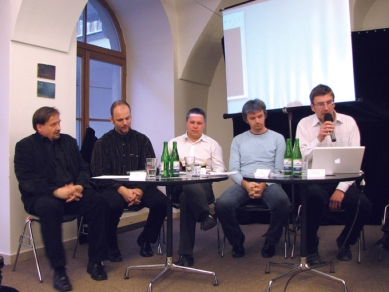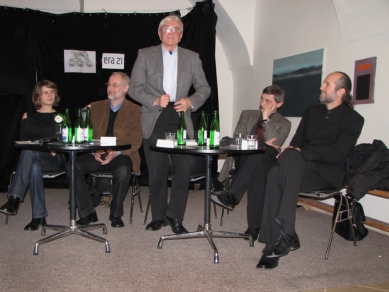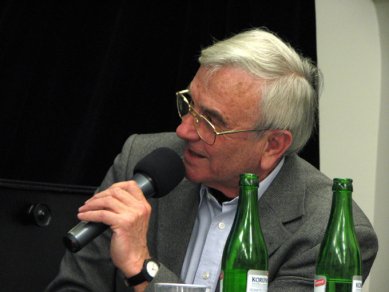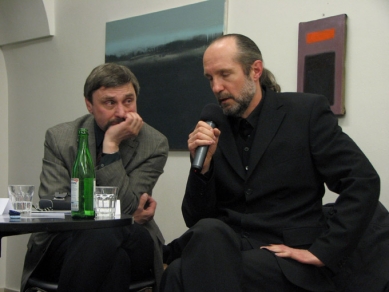Participants in the discussion:
Dalibor Borák - chairman of the Czech Chamber of Architects
Tomáš Hradečný - HŠH architects
Zdeněk Jiran - Jiran Kohout architects
Ivo Koukol - manager of several large projects
Igor Kovačević - architectural space CCEA and the MOBA formation
Miroslav Masák - leading Czech architect and veteran of various committees
Pavel Nasadil - FAM architects
Jiří Plos - secretary of the Czech Chamber of Architects' office
 |
2. The Sense of Architectural Competitions
3. Announcers and Jury
4. Competition as Dialogue
5. Participation in the Competition as Critique
6. State Policy on Architecture
7. Competition for the National Library
8. Medialization





















